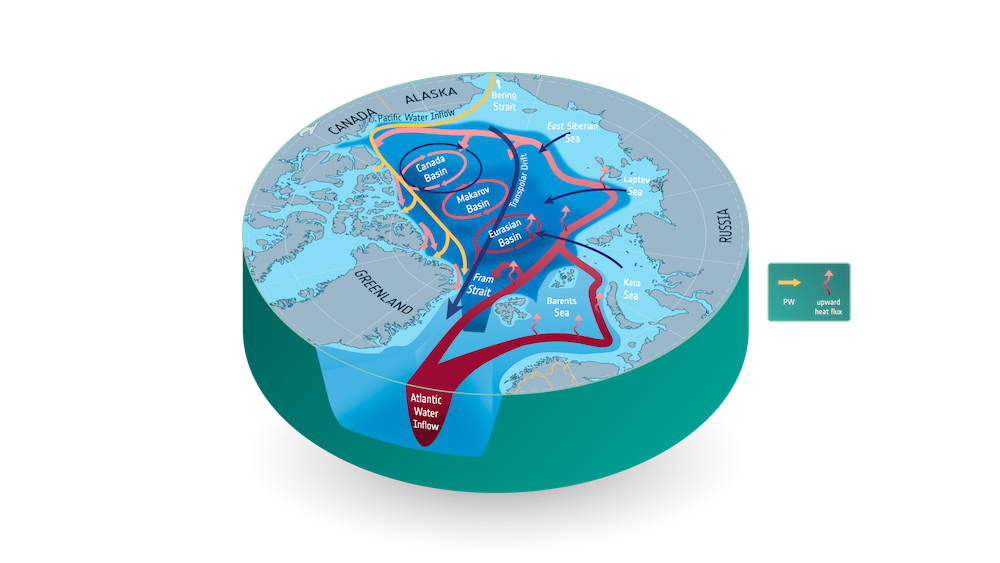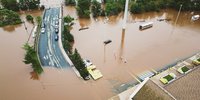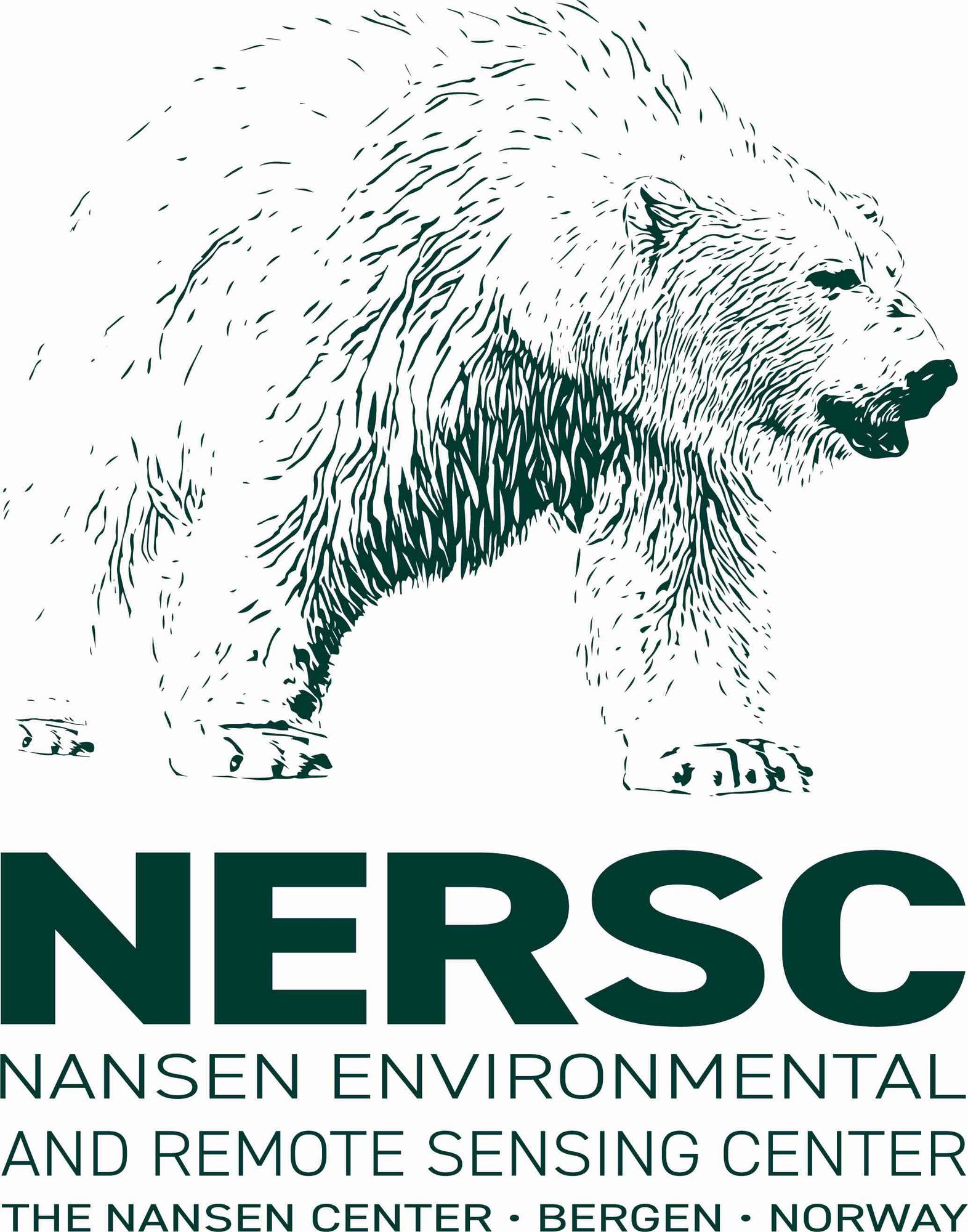Summary
Changes in the Arctic Ocean’s freshwater is a critical, yet poorly constrained climate component that disrupts global ocean circulation with the risk of profound climatic consequences. ARCFRESH seeks to deepen understanding of Arctic freshwater fluxes and budgets using Earth Observation (EO) data from seven CCI Essential Climate Variables (ECVs) — River Discharge, Snow, Ice Sheets, Glaciers, Sea Level, Sea Ice, and Sea Surface Salinity—plus the Sea Level Budget X-ECV. It aims to refine lateral flux estimates, quantify pan-Arctic and sub-regional budgets, and assess extreme freshwater events via EO-driven ocean models of the last two decades. With rigorous uncertainty analysis across all datasets, ARCFRESH delivers an enhanced EO-database for the Arctic, enabling climate modelers and researchers to advance Arctic ocean research.

Project background
The ARCFRESH project tackles pressing policy and scientific challenges tied to the Arctic Ocean’s freshwater changes, a linchpin in the global climate system that remains inadequately understood amidst rapid environmental change. The Arctic’s freshwater dynamics influence global ocean circulation, notably the Atlantic Meridional Overturning Circulation (AMOC), which redistributes heat and modulates climate patterns (IPCC AR6, 2021). Yet, significant uncertainties persist, posing risks to climate prediction and adaptation strategies critical for policymakers addressing climate change impacts.
Scientific Challenges:
ARCFRESH confronts three core scientific gaps identified by the IPCC and GCOS. First, it addresses the challenge of quantifying freshwater inputs from diverse sources—melting ice sheets, glaciers, sea ice, river discharge, and precipitation-evaporation (P-E)—into the Arctic Ocean. Current estimates, such as Greenland Ice Sheet runoff (Trusel et al., 2018) or sea ice export (Ricker et al., 2018), suffer from inconsistent methodologies and sparse data, limiting accuracy in flux assessments. Second, the project targets the difficulty of closing the Arctic freshwater budget at pan-Arctic and sub-regional scales, a task hindered by variability in observation techniques and incomplete long-term records (Solomon et al., 2021). Current models show low confidence in AMOC weakening due to discrepancies between observations and simulations (IPCC, 2021), underscoring this gap. Third, ARCFRESH investigates extreme freshwater events (e.g., rapid ice melt), which disrupt circulation and ecosystems but lack detailed temporal and spatial resolution in existing datasets (GCOS, 2022).
Policy Challenges:
These scientific uncertainties impede evidence-based policymaking. The Arctic’s freshwater budget affects sea level rise, marine ecosystems, and carbon cycling—key concerns for international climate agreements like the Paris Accord. Policymakers need reliable data to predict AMOC stability, assess fishery impacts, and mitigate feedback loops amplifying Arctic warming (Carmack et al., 2016). ARCFRESH addresses this by leveraging seven CCI Essential Climate Variables (ECVs), integrating EO-driven ocean models and robust uncertainty analysis. By refining flux estimates, quantifying budgets, and analysing extremes over 2003–2023, it delivers an enhanced EO-database, bridging gaps noted in Dorigo et al., 2021. This empowers climate modelers and informs adaptive policies, aligning with GCOS calls for sustained monitoring and IPCC demands for improved Arctic process understanding.
Aims and objectives
The ARCFRESH project, aims to advance the understanding of the Arctic Ocean’s freshwater fluxes and budget. By leveraging Earth Observation (EO) data, ARCFRESH seeks to address significant uncertainties that disrupt climate modelling and policy formulation, particularly regarding global ocean circulation and its climatic impacts (IPCC AR6, 2021). The project integrates seven CCI Essential Climate Variables (ECVs)—River Discharge, Snow, Ice Sheets, Glaciers, Sea Level, Sea Ice, and Sea Surface Salinity—alongside the Sea Level Budget X-ECV, to deliver a comprehensive, data-driven analysis of Arctic freshwater dynamics over 2003–2023.
Primary Aim:
ARCFRESH aims to enhance knowledge of Arctic freshwater processes by maximising the use of EO-derived datasets from the ESA CCI programme. This involves refining estimates of freshwater fluxes, quantifying budgets, and elucidating their evolution amidst climate change, thereby bridging gaps identified by the IPCC and GCOS (GCOS, 2022).
Specific Objectives:
- Refine Lateral Freshwater Flux Estimates (ST1): ARCFRESH targets improved quantification of freshwater movements between land, sea ice, and ocean, addressing inconsistencies in current estimates. Using monthly EO data, it will determine the freshwater inflow and outflow within the Arctic Ocean and across major Arctic gateways like Bering and Fram Straits.
- Quantify Pan-Arctic and Sub-Regional Freshwater Budgets (ST2): The project will determine freshwater inputs, storage, and outputs at a 25-km resolution, integrating EO-driven ocean models like TOPAZ. This addresses regional variability and long-term trends critical for AMOC stability assessments.
- Analyze Extreme Freshwater Events (ST3): ARCFRESH will investigate high-impact events (e.g., extreme ice melt seasons) using daily/weekly EO data, assessing their effects on circulation and ecosystems. This responds to calls for better event characterization.
- Deliver an Enhanced EO-Database with Uncertainty Analysis: Through rigorous uncertainty propagation across all datasets, ARCFRESH will produce a robust database for climate modelers, supporting policy adaptation and scientific research.
Project plan
Executed over 36 months from kick-off (KO) in November 2024, ARCFRESHemploys an iterative work structure to deliver its objectives of enhancing Arctic freshwater flux and budget knowledge using Earth Observation (EO) data. The project integrates a consortium of 10 partners and leverages seven CCI Essential Climate Variables (ECVs) plus the Sea Level Budget X-ECV. The plan is structured into six tasks with key actions ensuring scientific rigour and practical outcomes.
Work Breakdown and Key Actions:
- WP 1 (KO to KO+24): Project Definition and Requirements Analysis
- Review state-of-the-art freshwater flux knowledge and gaps.
- Inventory EO datasets (e.g., CCI ECVs) and define requirements (e.g., 25-km resolution for ST2).
- Host a workshop on uncertainty terminology to align observation and modeling approaches.
- WP 2 (KO to KO+24): X-ECV Fit-for-Purpose Analysis
- Assess CCI ECV data quality and suitability for freshwater flux estimation.
- Post-process datasets for consistency
- Produce a scientific paper on EO data applicability (D2.3).
- Create database
- WP 3 (KO+6 to KO+30): Methodology Development
- Develop innovative methods for flux (ST1), budget (ST2), and extreme event (ST3) analysis using EO-driven models like TOPAZ5.
- Conduct a feasibility study to validate approaches.
- WP 4 (KO+12 to KO+30): Uncertainty Characterization
- Establish a uniform uncertainty propagation methodology across all fluxes .
- Apply Monte Carlo and GUM-based tools to ensure robust error estimates.
- WP 5 (KO+18 to KO+36): Scientific Analysis
- Compute refined flux estimates, quantify budgets, and analyze extremes (2003–2023).
- Validate results against independent data (e.g., ocean bottom pressure) and publish findings (D5.1, D5.2).
- WP6 (KO to KO+36): Outreach and Communication
- Share results via ESA Climate Office, scientific roadmap, and conferences.
Ole Baltazar Andersen (Technical University of Denmark (DTU)) is responsible for guiding the project’s scientific and technical activity. Project Manager Daniele Fantin (S&T) is responsible for the management and execution of the work to be performed, and for the coordination of the consortium’s work. The project draws on the scientific expertise of the partners below.
Science Leader - Ole Baltazar Andersen
Project Manager - Daniele Fantin
ESA Technical Officer - Anna Maria Trofiaer
Latest news & events

New Position: Junior Professional in AI for Climate Science
Opportunity for early-career Artificial Intelligence talent to join ESA’s Actionable Climate Information Section
Learn more
Working for ESA: procurement and proposal submission process
An Introduction to ESA Star - ESA's System for Tendering and Registration
Learn more
Climate Change & Cities: Open Competitive Tenders Launched
Two New City Research Calls On Urban Resilience To Climate Change Using Earth Observation Data
Learn more
ESA at COP29
ESA is participating in COP29 to highlighting satellites' role in tackling climate change
Learn more






![Science [&] Technology Corporation (S&T)](/media/images/ST-Logo-square_CMvy8PL.max-2000x2000.png)










